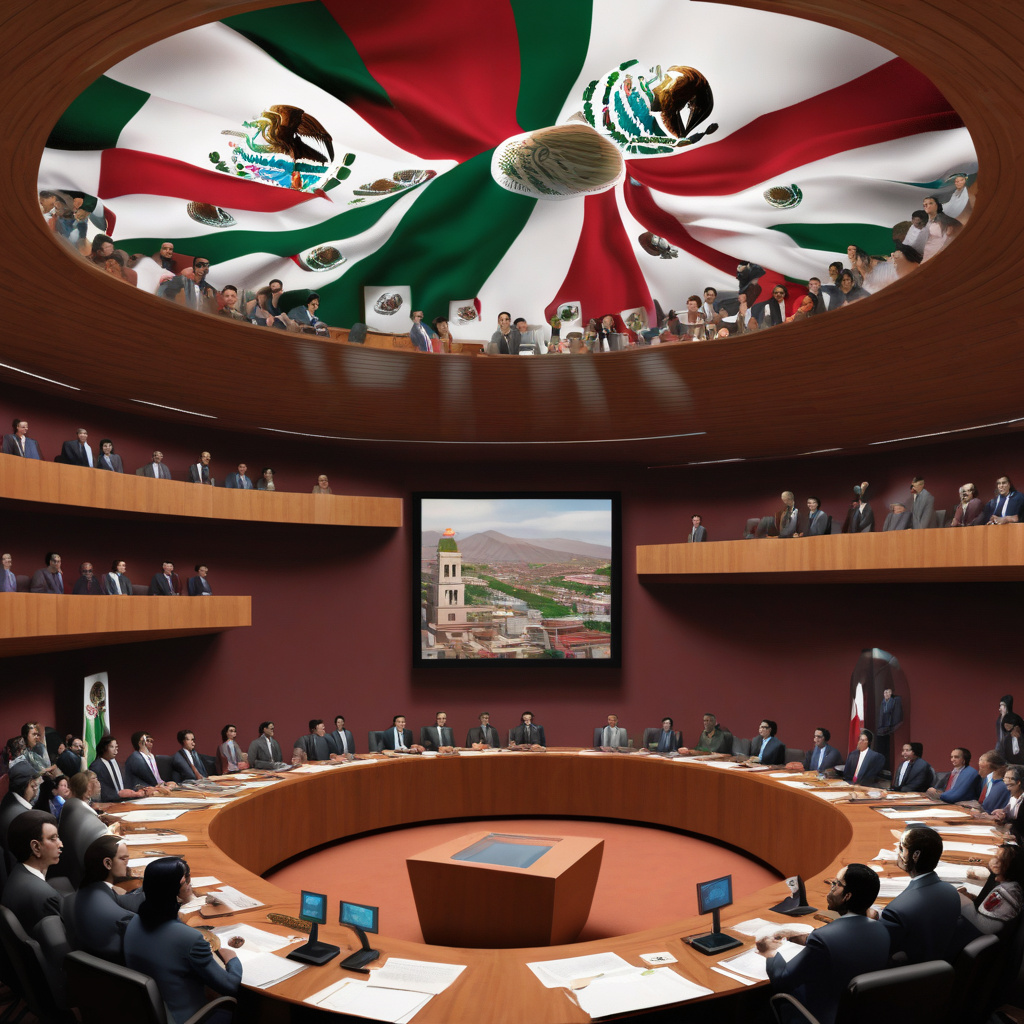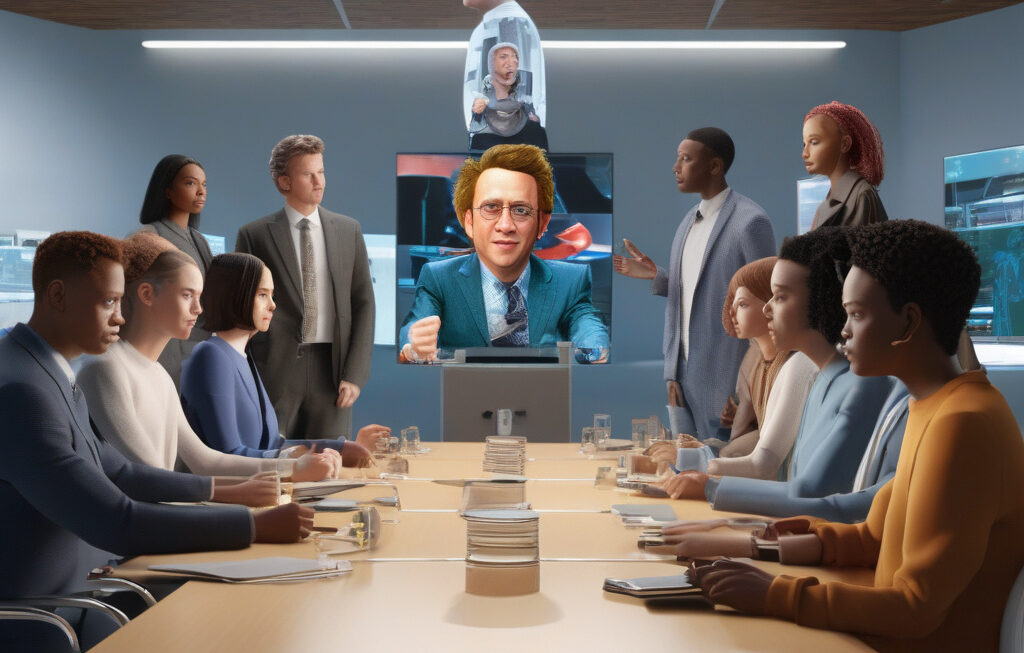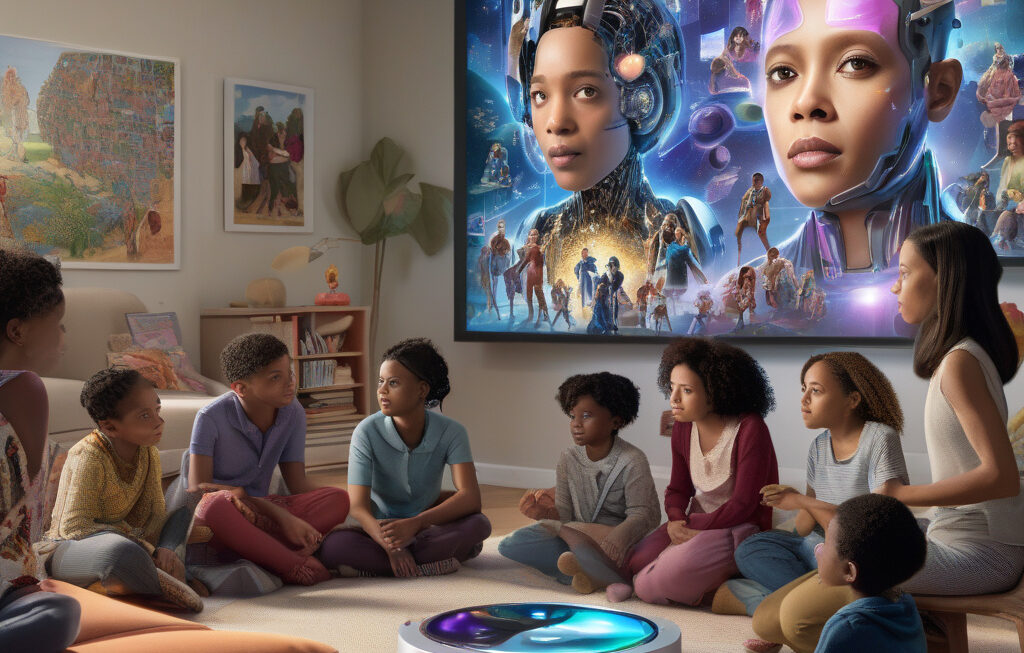Mexico Drafts Law to Regulate AI in Dubbing and Animation
In a rapidly evolving digital landscape, the use of Artificial Intelligence (AI) has become increasingly prevalent across various industries. One such sector that is experiencing a significant impact is the world of dubbing and animation. As companies adopt automated dubbing tools powered by AI, creative associations have raised concerns about the potential threat to jobs in the industry. In response to these challenges, Mexico has taken a proactive step by drafting a new law aimed at regulating the use of AI in dubbing and animation.
The debate surrounding the integration of AI in dubbing and animation is not new. Creative associations have long voiced their apprehensions about the growing presence of AI-driven technologies in the creative process. The recent shift towards automated dubbing tools has only intensified these concerns, with some studios already feeling the pressure of competing with AI-driven firms. As a result, the need for clear regulations governing the use of AI in this sector has become more pressing than ever.
The proposed law in Mexico seeks to address these concerns by establishing guidelines for the responsible implementation of AI in dubbing and animation. By setting out clear parameters for the use of AI technologies, the law aims to protect jobs in the industry while still allowing for innovation and growth. This balanced approach reflects Mexico’s commitment to supporting its creative sector while embracing the benefits of technological advancement.
One of the key arguments put forth by creative associations is that the unchecked adoption of AI in dubbing and animation could lead to job losses in the industry. As AI continues to advance, there is a legitimate fear that human workers may be replaced by more efficient and cost-effective automated systems. This threat is not merely theoretical; some studios have already been forced to shut down due to the increasing competition from AI-driven firms.
However, proponents of AI argue that these technologies can also bring significant benefits to the dubbing and animation industry. Automated dubbing tools powered by AI can streamline the production process, increase efficiency, and reduce costs for studios. By harnessing the power of AI, creators can explore new creative possibilities and reach a wider audience with their work.
The challenge lies in finding the right balance between harnessing the potential of AI and safeguarding jobs in the industry. The proposed law in Mexico aims to strike this balance by promoting the responsible use of AI in dubbing and animation. By providing clear guidelines and oversight, the law seeks to ensure that AI technologies are implemented in a way that complements, rather than replaces, human creativity and expertise.
As the debate over the regulation of AI in dubbing and animation continues to unfold, it is clear that finding common ground between innovation and job protection is essential. Mexico’s proactive approach to drafting a new law sets a positive example for other countries grappling with similar challenges. By fostering a regulatory framework that supports both technological advancement and job security, Mexico is paving the way for a more sustainable and inclusive future for the dubbing and animation industry.
In conclusion, the draft law in Mexico to regulate AI in dubbing and animation reflects a growing awareness of the need to balance innovation with job protection in the creative sector. By addressing the concerns raised by creative associations and industry stakeholders, Mexico is taking a proactive step towards shaping the future of AI integration in dubbing and animation. As technologies continue to advance, finding ways to harness the benefits of AI while safeguarding jobs will be crucial for the long-term sustainability of the industry.
AI, Mexico, dubbing, animation, regulations











